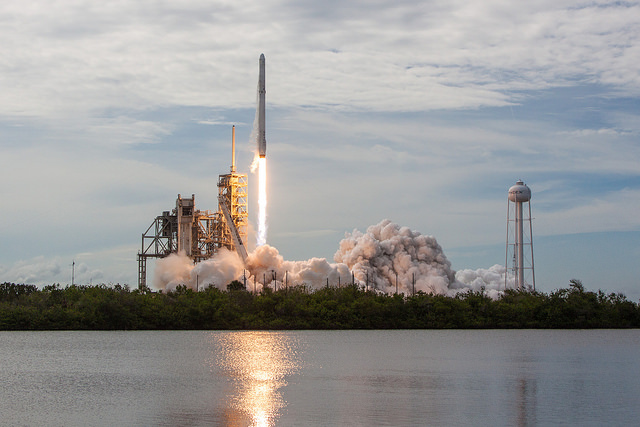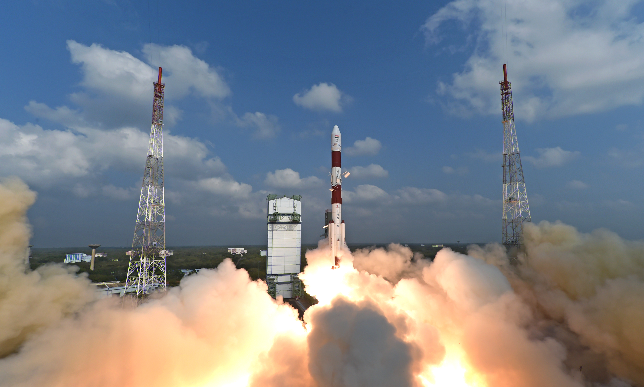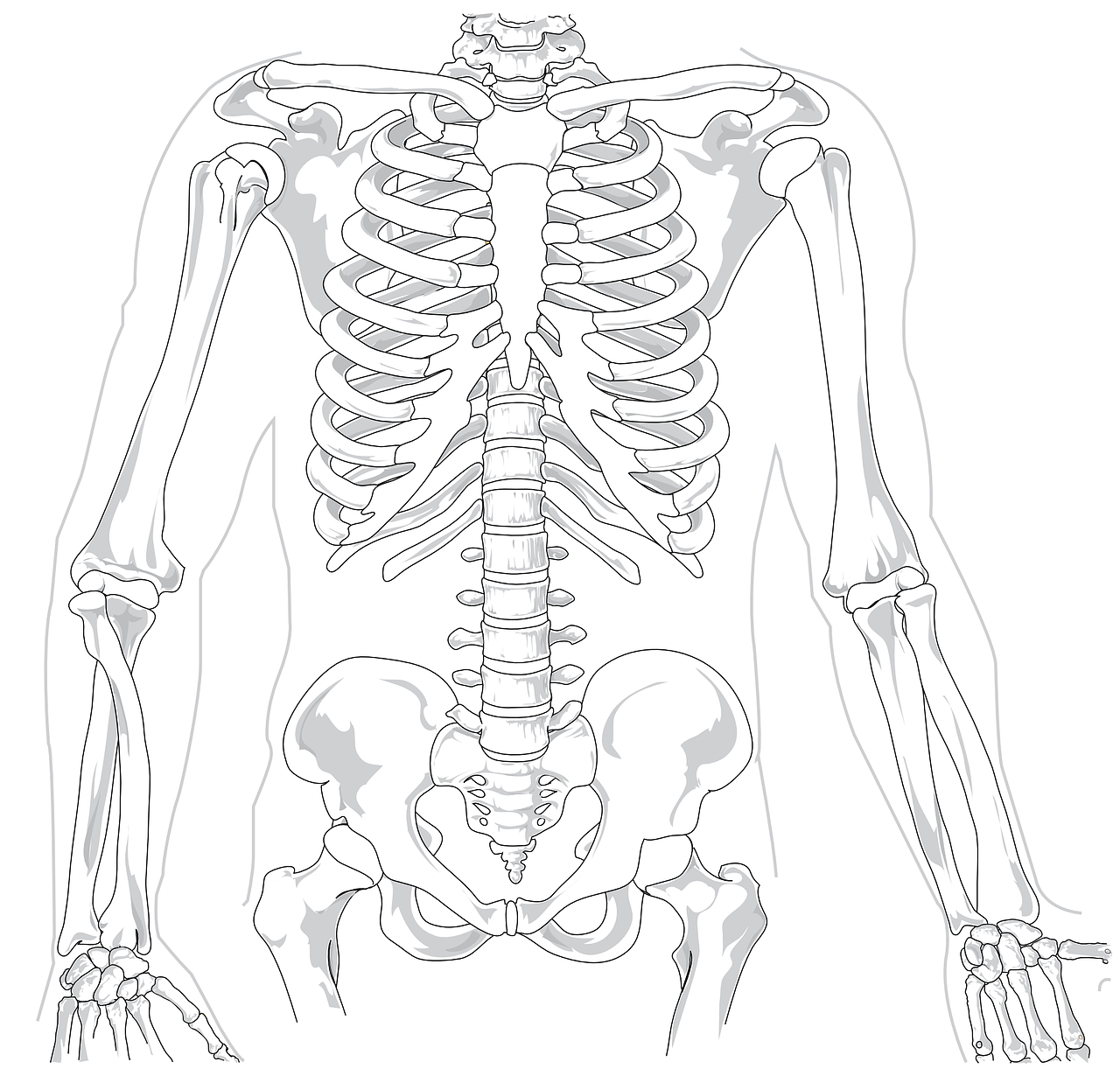By Jean-Jacques DeLisle, contributing writer
With an endless number of trade shows and technology journals brimming with innovations and future application enabling technologies, 2017 has been an amazing year, and we’re only halfway through. Fast-paced commercial developments, exciting space advances, quirky quantum-computing developments, smart transportation, wireless charging, and more are in store for our society, and this list is what we think are the most thrilling innovations of the first half of 2017.
Wireless power transfer meets ceiling tiles

At CES 2017, Ossia Inc. unveiled the capabilities of its Cota wireless power transfer technologies capable of charging compatible devices up to 30 feet away. Included in this unveiling was the Cota Tile, which is designed to seamlessly integrate into the office or public building infrastructure by replacing a ceiling tile. The goal of this technology is to bring wireless power to users and devices as conveniently as we currently have wireless internet.
Solar panels may soon capture heat and light with solar thermophotovoltiacs

The sun emits radiation over a wide range of the electromagnetic spectrum, not just visible light. Seeing the opportunity here, MIT scientists, among many others, have been striving for solar cells that can also use thermal energy alongside visible light energy for a more energy-dense solar cell. However, the complexities of absorbing photons over such a wide frequency range have, until now, eluded scientists. Recently, MIT researchers have developed “Hot Solar Cell” technology, which can take in thermal energy and re-emit that energy into absorbable visible light. Current prototypes only offer 6.8% efficiency, but future advances may lead to nearly 32% efficient thermophotovoltaics.
Quantum computers battle for supremacy

Comparative benchmarks have become the “benchmark” of evaluating competing computational systems, as many of these latest advances can’t easily be described by simple metrics. Applying this logic to quantum computers, Cornell University set up a no-holds-barred cage match between two leading 5-qubit quantum computers operating on different platforms. The competing quantum computers were a trapped-ion system from the University of Maryland, and a superconducting loop using microwave signals from IBM. The benefit of these tests is that information on quantum computer performance can be evaluated under more parameters and information about the critical factors in scaling quantum computers may be revealed.
Reusable rockets relaunch advancing low-cost commercial space access

Many tuned in to news sources during the repeated trials and failures that occurred while SpaceX has been developing reusable rocket technology. Many were surprised and impressed as SpaceX was finally able to land a rocket and, in June of this year, relaunch a previously used rocket system for the first time in history!
Indian space agency peppers Earth orbit with a single rocket launch of 104 satellites simultaneously

The last record of the number of satellites launched by a single rocket reached 37 satellites and was performed by Russia. India has successfully trumped that number, launching a record-breaking 104 satellites — 103 smallsats and one larger Cartosat-2 series satellite — into space. This was the 39th flight of the PSLV-C37 rocket and is another feather in the hat of India’s growing space agency.
Self-driving semi-trailers enable autonomous fleet navigation

Greater law enforcement around safe transportation and the greater demand for land transportation has led to a shortage of skilled semi drivers, and the dangers surrounding ground transportation have also begun producing increasing public alarm. The efforts of a Google-spinoff-now-Uber-business-unit, Otto, are invested in equipping semi-trailer cabs with the ability to drive without a driver, hopefully eliminating many of the accident-causing scenarios and opening the doors to highly efficient autonomous transportation fleets that cruise nearly 24/7.
Anti-paralysis electrodes enable crippled patients to move again

Spinal injuries can often limit motor functions of limbs or whole sections of someone’s body. Though neurosurgery and physical therapy have come a long way, there are still many injuries that cannot be repaired by regular medical means. Researchers from across the globe have invested efforts in creating neural implants that can wirelessly relay signals from the brain to previously neurologically severed limbs. Not only was motor function restored to an intentionally injured monkey in this way, a middle-aged quadriplegic man was able to move his arm again and raise a cup with a straw to his lips for the first time since he lost control of this arm.
China becomes home to the world’s largest floating solar power plant

The race for renewable energy is on. China branched out in a nautical way, by deploying a 40-MW solar power plant on the surface of the ocean back in May. Not only does this solar farm not take up any valuable real estate, it also doesn’t impact the marine life in the area.
Advertisement
Learn more about Electronic Products Magazine





